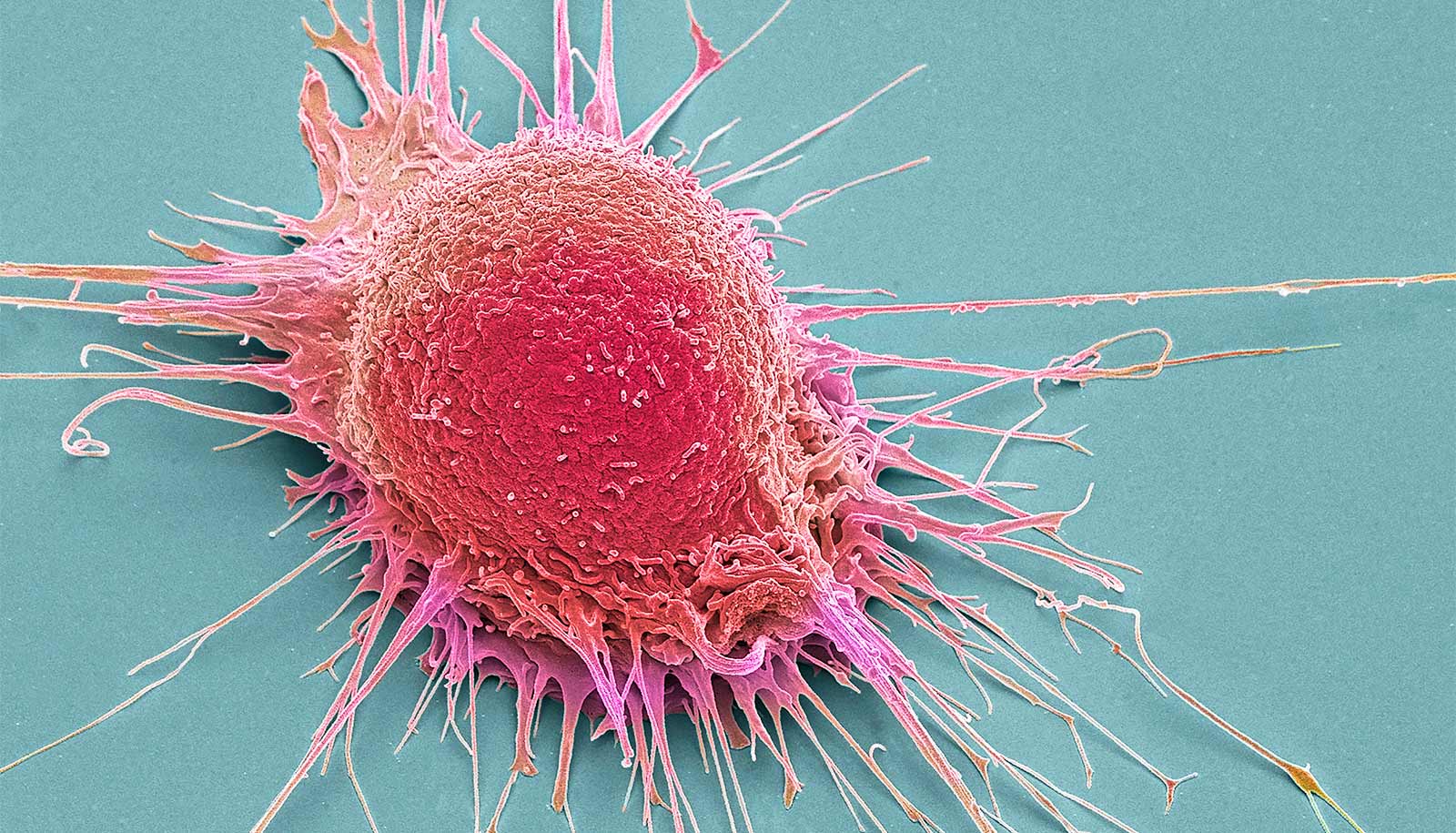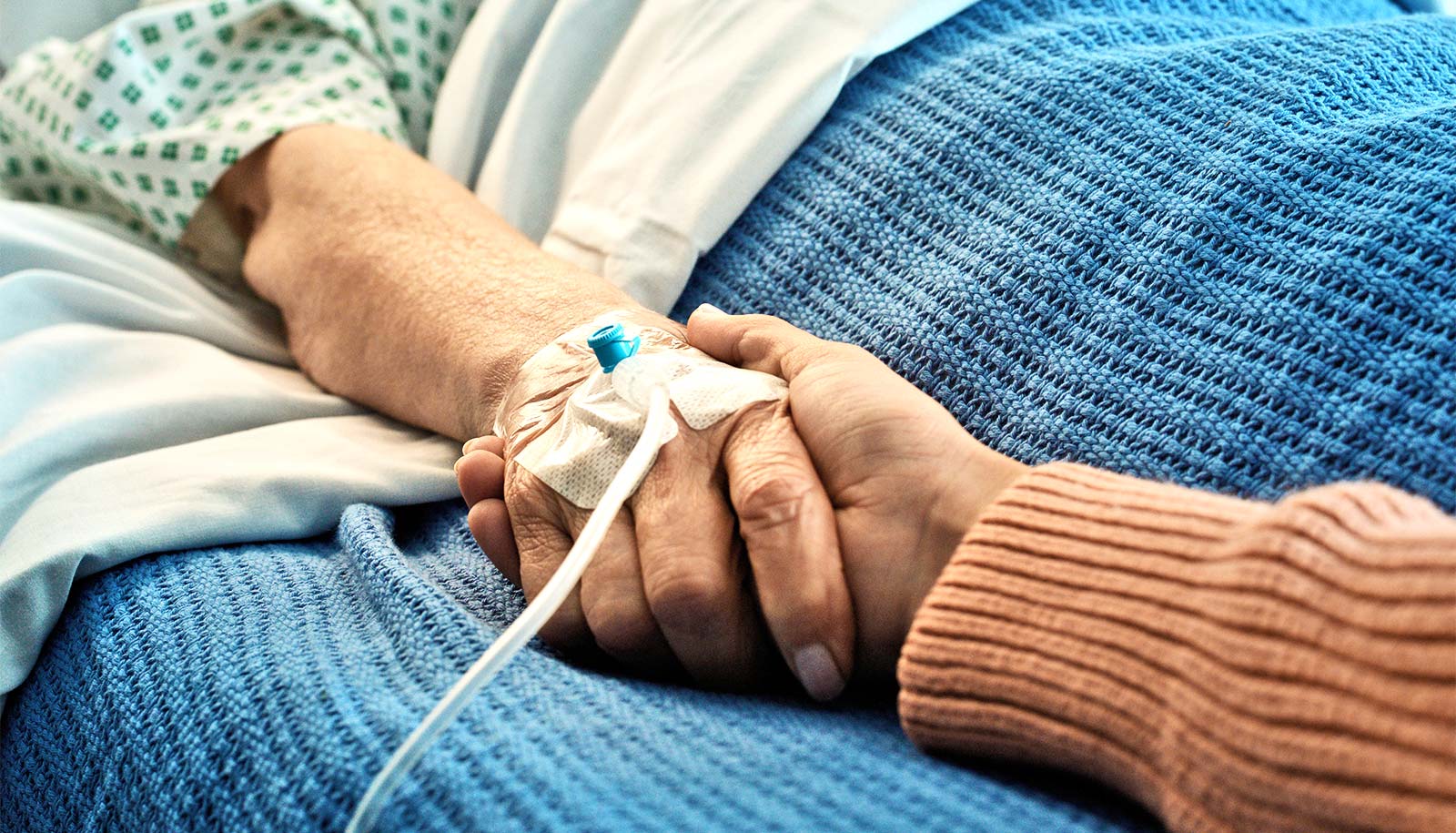A subset of immune cells previously unknown to reside in the lungs, play a key role in driving primary graft dysfunction (PGD), the leading cause of death after lung transplants.
A new study shows how targeting these cells could lead to new treatments for PGD, a complication that currently affects more than half of transplant patients.
“So, if you can fix PGD, you can really fix a lot about transplantation. Now we know what causes it, and we can develop a treatment for it.”
“This is a widespread, lethal problem and the biggest reason why lung transplant patients experience both early death and long-term problems,” says Ankit Bharat, an assistant professor of surgery at Northwestern University Feinberg School of Medicine and principal investigator of the study in Science Translational Medicine.
“So, if you can fix PGD, you can really fix a lot about transplantation. Now we know what causes it, and we can develop a treatment for it.”
PGD is a severe form of lung injury that develops when the recipient’s neutrophils—white blood cells—are recruited into the transplanted lung, initiating the inflammatory cascade and causing tissue damage.
While it has been understood that neutrophils were the main effector cells seen in PGD, the mechanisms that drive their influx into the lung were unknown. Further, targeting the patient’s neutrophils was not considered to be a practical strategy for treatment, given that those same cells are critical for defending the body against pathogens.
Hidden cells
In the current study, scientists showed that nonclassical monocytes (NCMs) hidden in the donor lung are the culprit ultimately responsible for initiating the damaging inflow of neutrophils following transplantation of that lung.
Previously, it had been thought that all donor immune cells are eradicated when the lungs are flushed with a solution prior to transplantation. But the scientists discovered that NCMs—a type of immune cell whose structure and function have only recently been described—are actually retained in the blood vessels of the donor lung.
After identifying these cells in the lungs for the first time, scientists further demonstrated their fundamental role in developing PGD: NCMs activate a pathway that produces a protein called CXCL2, which acts to attract the damaging neutrophils into the lung.
The findings suggest that targeting NCMs in the donor lungs could potentially prevent the development of PGD.
“This is a clinically-relevant finding because it would likely be easy to develop a drug that kills these cells at the time of transplant,” Bharat says. “That’s a big strength of our findings: because these are donor-derived cells, you could administer those drugs to the donor lungs before transplant and prevent any potential side effects to the recipient.”
How do bacteria escape gut to get into lungs?
The NCMs also don’t seem to play a role in a recipient’s ability to fight infection, indicating that the cells could be eradicated without weakening the immune system.
Scientists now plan to investigate developing a drug that would eliminate NCMs during transplantation. Similar therapies have already been demonstrated in animal models.
Next steps
Separately, the research also seems to suggest that these monocytes may play a broader role in other forms of lung injury beyond transplantation, including acute respiratory distress syndrome. Those findings are forthcoming in future publications.
Spit can carry bacteria into your lungs
Bharat was initially driven to investigate primary graft dysfunction after a lung transplant patient of his developed the syndrome.
“We truly believe here that if a patient develops an unsolvable problem, it should be our commitment and duty to do everything we can to take that problem to our scientific laboratories, find a cure, and then bring it back to patients,” he says.
“Hence, while we ensure that the patients receive the best technical expertise in the field of lung transplantation—we also want to advance the field by finding cures for such lethal problems to really make a difference in patient outcomes.”
The study National Institutes of Health, the American Lung Association, and the Society of University Surgeons supported the work.
Source: Anna Williams for Northwestern University



